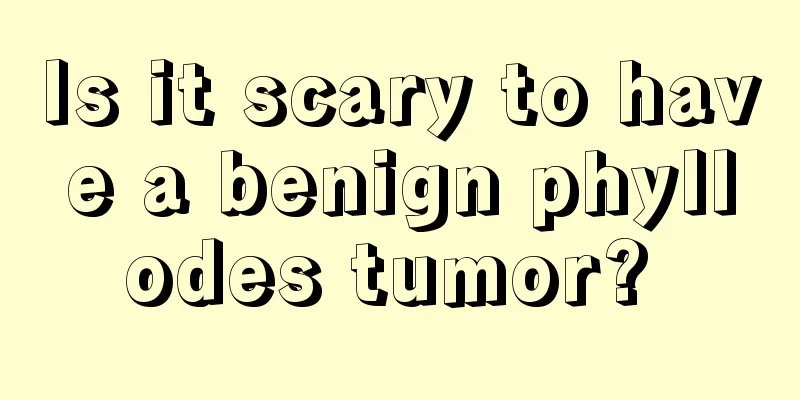What are the conditions that make you more likely to get testicular cancer

|
The occurrence of testicular cancer is related to many factors, including genetic, environmental, physiological factors, etc. Early detection and treatment are the key to improving the cure rate. 1. Genetic factors Men with a family history of testicular cancer are at higher risk. Certain gene mutations may increase the risk of cancer, such as the KIT gene mutation, which is associated with testicular cancer. Men with a family history are advised to undergo regular physical examinations, especially testicular ultrasound examinations. 2. Environmental factors Long-term exposure to chemicals or radiation may increase the risk of testicular cancer. For example, men working in industries such as pesticides and plastics manufacturing need to pay special attention to protection. Reducing exposure to harmful substances and maintaining a healthy lifestyle can help reduce the risk of disease. 3. Physiological factors Cryptorchidism is one of the important risk factors for testicular cancer. The testicles of patients with cryptorchidism do not descend normally into the scrotum, resulting in local temperature rise, which may induce cancer. Early surgical correction of cryptorchidism can effectively reduce the risk. 4. Trauma Testicular trauma may cause local tissue damage and increase the risk of cancer. Avoid strenuous exercise or accidental injuries to protect testicular health. 5. Pathological factors Testicular cancer usually starts in the germ cells in the testicles and gradually develops into a malignant tumor. Early symptoms include a testicular mass, pain, or heaviness. If you find any abnormalities, you should seek medical attention immediately and confirm the diagnosis through ultrasound and blood tests such as AFP and HCG. Treatments include: Surgical treatment: Orchiectomy is the main treatment method, and the cure rate is higher in early patients. Chemotherapy: Commonly used drugs such as cisplatin and etoposide are suitable for patients in the middle and late stages. Radiation therapy: Radiation therapy is very effective for certain types of testicular cancer, such as seminoma. Precautions: Diet: Eat more foods rich in antioxidants, such as blueberries and tomatoes. Exercise: Do 150 minutes of moderate-intensity exercise per week, such as brisk walking and swimming. Regular physical examinations: Men under 40 should have a testicular examination once a year. Early detection and treatment of testicular cancer are critical. By understanding risk factors, taking preventive measures, and seeking medical attention, you can effectively reduce your risk and increase your chances of recovery. |
<<: The genetic rate of breast cancer at the age of 40
>>: What causes women to get bone cancer
Recommend
Is Gecko effective in nourishing the kidneys?
Ajie's kidney-tonifying effect can be said to...
What can I eat with small cell lung cancer
What can I eat for small cell lung cancer? For sm...
7 Signs of Lack of Sleep
Feeling sleepy in spring and tired in autumn, and...
Can snake oil ointment treat eczema
Generally, eczema on the skin is mostly caused by...
What is the reason for yellow water coming out of moxibustion
Many people still trust moxibustion as a traditio...
These 6 items must be done in the year-end physical examination
1. Family history of vascular disease - carotid a...
What causes diarrhea after drinking? Understanding the cause will help you recover quickly
Drinking and eating barbecue in summer is a very ...
What to do if rhinitis and nasal congestion are very serious
I believe that everyone knows about the problem o...
How much does gamma knife for brain cancer cost
Brain tumors are mainly treated with surgical res...
What are the symptoms of dying from throat cancer
Symptoms before death in late stage of laryngeal ...
There is a lump on the right side of my neck that hurts when I press it. This is what's going on
There is a lump on the right side of my neck and ...
How do you get jock itch?
If you are affected by tinea cruris, you first ne...
What are the symptoms of middle and late stage lung cancer? 3 symptoms of middle and late stage lung cancer
Lung cancer is a disease that many people have he...
Effect of sunbathing on callus growth
We all know that frequent sunbathing can promote ...
Does an increase in PSA necessarily mean prostate cancer?
Prostate cancer is a very important type of male ...









